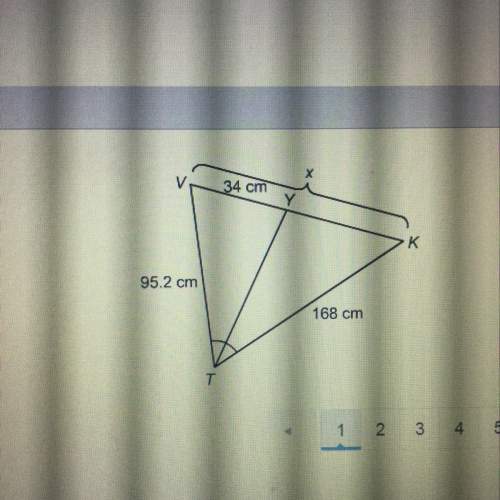
Mathematics, 29.06.2019 17:40, jaystarr9395
The rate of change of the number of mountain lions n(t) in a population is directly proportional to 725 - n(t), where t is the time in years. when t = 0, the population is 400. when t = 3, the population is 650. find the population when t = 5. round your answer to the nearest 50 mountain lions. a. write the implied differential equation. b. solve the equation to find the general solution. c. use the given information to find a particular solution. d. use the particular solution to answer the question.

Answers: 1
Other questions on the subject: Mathematics

Mathematics, 21.06.2019 17:00, themajesty9898
Twice the sum of a number and 4 is equal to three times the difference of the number and 7. find the number.
Answers: 1

Mathematics, 21.06.2019 17:00, jaejaeJae9534
Rectangle leg this 11feet and perimeter of 38feet what is the width of the rectangle in feet
Answers: 1

Mathematics, 21.06.2019 19:30, cutegirl0987
Given a: b and b: c, find a: b: c. write the ratio in simplest form. a: b=6: 10 and b: c=21: 33
Answers: 1

Mathematics, 21.06.2019 19:30, Lindsay882
How long must $542 be invested at a rate of 7% to earn $303.52 in interest? in a easier way
Answers: 1
Do you know the correct answer?
The rate of change of the number of mountain lions n(t) in a population is directly proportional to...
Questions in other subjects:


Mathematics, 30.04.2021 03:50



Mathematics, 30.04.2021 03:50


Physics, 30.04.2021 03:50


Engineering, 30.04.2021 03:50

Mathematics, 30.04.2021 03:50







